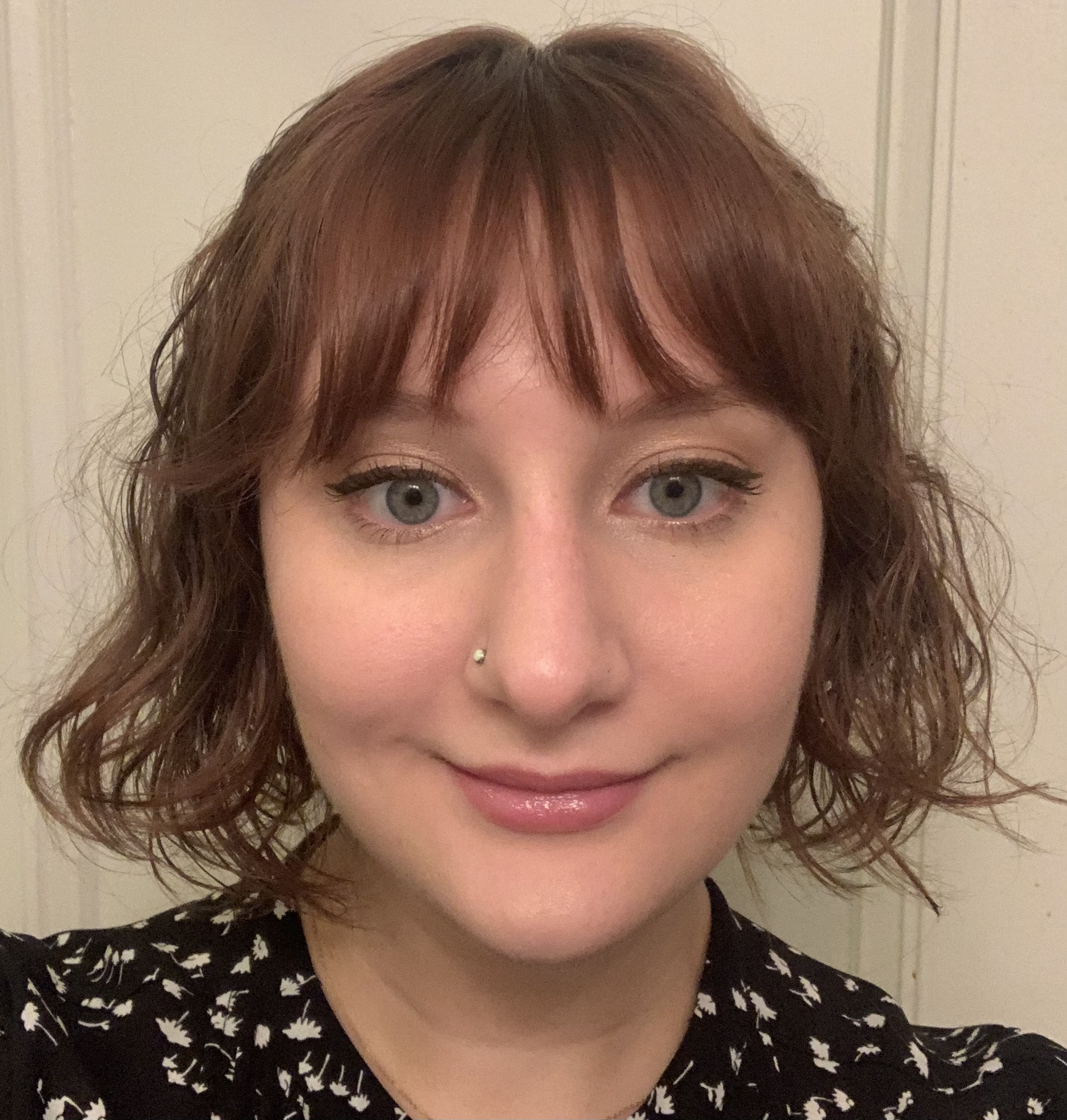Trauma and Stressor Related Disorders and Disasters
(PS13-76) Assessing the Relationship Between Child Abuse, Social Support, and PTSD Treatment Response
- HT
Hana C. Thamer, B.A.
Research Assistant
Case Western Reserve University
Earleville, Maryland, United States 
Sarah B. Rutter, M.A.
Graduate Student
Case Western Reserve University
Lakewood, Ohio, United States- LZ
Lori A. Zoellner, Ph.D.
PI
University of Washington
Seattle, Washington, United States - NF
Norah C. Feeny, Ph.D.
PI
Case Western Reserve University
Cleveland, Ohio, United States
Author(s)
Co-Author(s)
PTSD is prevalent in adults with a history of child abuse (CA). However, this group is often underrepresented in PTSD treatment trials and most work has focused on general CA exposure, not on specific aspects of CA that may relate to treatment outcomes (e.g., frequency of abuse). Additionally, there has been little exploration of the interplay between frequency of CA and potential moderators of treatment response, such as social support. The current study examined the possible interaction between social support and frequency of CA in determining post-treatment PTSD symptom severity. We hypothesized that social support would moderate the relationship between CA frequency and treatment response, such that higher levels of social support would weaken the association between CA frequency and post-treatment PTSD symptom severity. Study participants (n = 114) were randomized to receive 10 weeks of either prolonged exposure (PE) alone or PE plus sertraline. CA frequency was assessed using the Standard Trauma Interview (STI) at baseline, PTSD symptomseverity with the PTSD Symptom Scale– Interview (PSS-I) at pre- and post-treatment, and availability of social support with the Social Support Questionnaire (SSQ) at baseline. Moderation was examined using the PROCESS macro, with post-treatment PSS-I as the outcome variable, CA frequency as the predictor variable, SSQ score as the candidate moderator, and pre-treatment PSS-I as a covariate. Main effect of CA frequency on post-treatment PSS-I were not significant (b = .006, SE =.001 p = .69, 95%CI [-.002, .003]), despite adequate overall model fit (R2 = .106, F(4,109) = 3.217, p = .02). The interaction of CA frequency and SSQ in predicting post-treatment PSS-I scores was not significant (b = .0000, SE = .0001, p = .72, 95% CI[-.0002, .0001]). Neither CA frequency, nor the level of social support related to post-treatment PTSD severity. Although cumulative childhood maltreatment, defined as the presence and frequency of multiple forms of childhood maltreatment, has been linked to higher later psychopathology, cumulative frequency of childhood trauma effects did not alter PE treatment response. The lack of a signal between CA and treatment response is not due to simplifying CA (i.e. looking at presence/absence only), nor failing to considering the moderator of social support. This may suggest factors associated with the development of PTSD, such as CA frequency and availability of social support, may not relate to treatment outcomes. Therefore, individuals seeking treatment for PTSD who receive PE benefit from treatment regardless of higher frequency CA frequency and lack of current social support.

.png)
